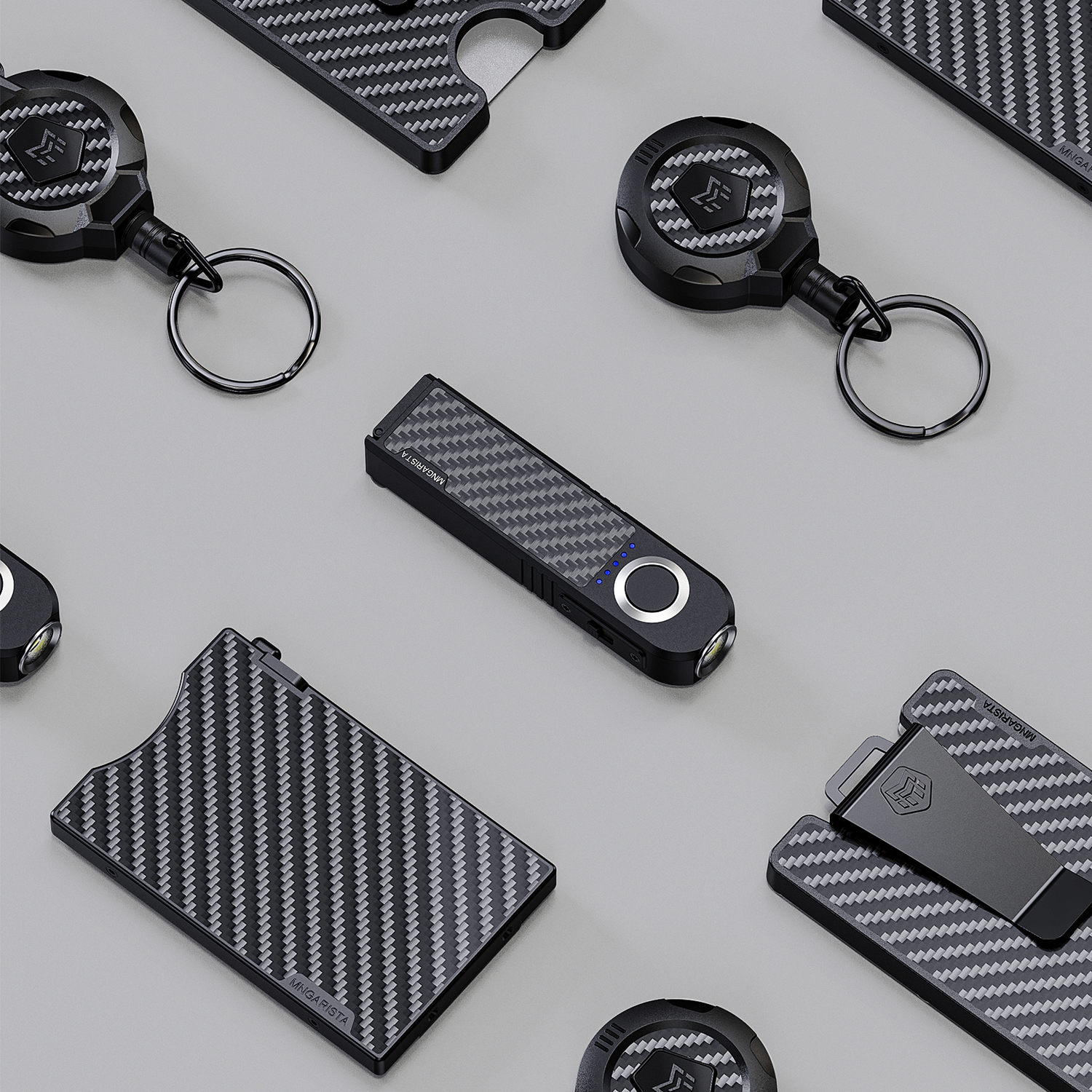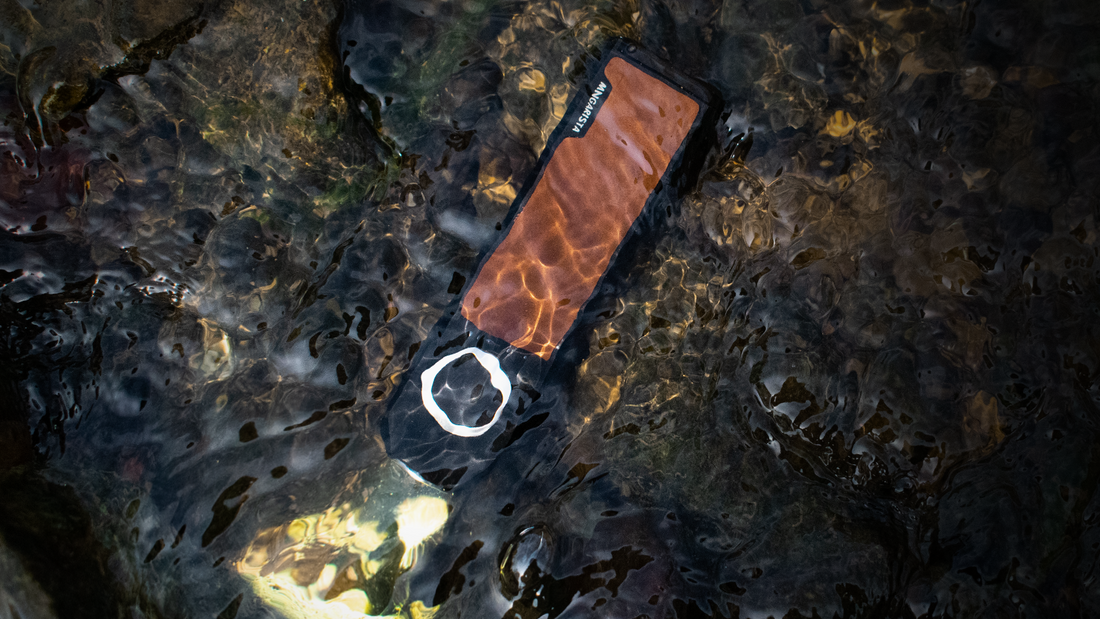In today's digital and intelligent era, various electronic devices, buildings, and transportation vehicles play crucial roles in our interconnected world. Elements like smartphones and portable flashlights, integral to our daily lives, often face the challenge of water exposure in certain environments. Among these challenges, the waterproof rating emerges as a pivotal factor.
So, how can one determine the most suitable rating for their specific situation? Choosing devices with adequate waterproof capabilities is a skill, especially for individuals working in unique environments who carefully consider whether their selected equipment can operate safely in their surroundings. This article delves into the definition, standards, technology, and application scenarios of waterproof ratings to provide comprehensive understanding and assist readers in making informed purchase decisions.
Overview of Waterproof Ratings
Waterproof ratings, also known as Ingress Protection (IP) ratings, standardize the dust and water resistance capabilities of electronic devices or other facilities. Originating from the International Protection (IP) rating system and other industry standards, this concept allows consumers and manufacturers to select devices based on specific usage requirements.
Distinctions among different dust protection ratings include:
1. Dust protection ratings:
- IP0X: No dust protection; the device is susceptible to large particles of dust.
- IP1X: Prevents objects larger than 50mm from entering, suitable for avoiding interference from large objects.
- IP2X: Prevents objects larger than 12.5mm from entering, effectively blocking larger objects like fingers.
- IP3X: Prevents objects larger than 2.5mm from entering, suitable for preventing intrusion of small tools, wires, etc.
- IP4X: Prevents objects larger than 1.0mm from entering, suitable for environments with high requirements for small tools.
2. Water protection ratings:
- IPX0: No water protection; the device is susceptible to water damage.
- IPX1: Resists vertical water droplets, suitable for avoiding the entry of vertical raindrops.
- IPX2: Resists water droplets tilted up to 15 degrees, suitable for preventing the impact of tilted rain.
- IPX3: Resists water sprayed within a 60-degree range, suitable for preventing interference from spray.
- IPX4: Resists water sprayed from any direction, suitable for situations where splashing water needs to be repelled.
- IPX5: Resists low-pressure water jets, suitable for preventing splashing water.
- IPX6: Resists high-pressure water jets, suitable for maritime conditions or large mechanical water jets.
- IPX7: Can be immersed in water for a short time (usually up to 1 meter depth), suitable for brief immersion scenarios.
- IPX8: Can be submerged in water for an extended time under specific depth and time conditions, with manufacturers typically providing specific immersion conditions.
3. Comprehensive protection rating:
- IPXY: Indicates dust protection level as X and water protection level as Y. The comprehensive protection rating can be chosen based on actual needs; for example, IP54 indicates a certain level of dust protection and splash water resistance.
As mentioned above, the structure of IP ratings is relatively simple but crucial for understanding a device's waterproof capabilities. It consists of two numbers: the first digit represented by X indicates the dust protection level, ranging from 0 to 6, with higher numbers indicating stronger dust protection. The second digit represented by X indicates the water protection level, ranging from 0 to 9, with higher numbers indicating stronger water protection.Waterproof Technology and Materials
With technological advancements, the continuous development of waterproof technology and materials has become a key factor in ensuring the normal operation of devices in humid environments. Various waterproof technologies and materials are widely applied, from smartphones to outdoor equipment. Common waterproof technologies include waterproof coatings, seals, films, and adhesives. Materials such as silicone, fluorocarbon materials, coatings, and liquid silicone rubber are commonly used. Enhanced waterproof technologies, such as nanotechnology and gas-sealing technology, contribute to the efficient operation of devices in humid environments.
Applications of Waterproof Ratings
The improvement of waterproof ratings directly affects the lifespan of devices and facilities, subsequently influencing user experiences and reducing production and maintenance costs over the long term. Whether in daily life or professional fields, waterproof ratings are a key factor in ensuring the normal operation of devices and play a crucial role in various industries.
In the electronics industry, wearable devices like smartwatches and health trackers ensure normal operation in wet environments. Essential devices like smartphones often come equipped with waterproof coatings and sealed designs. Cameras with waterproof capabilities are suitable for underwater photography and photography in extreme weather conditions, providing photographers with more creative possibilities. Outdoor activities benefit from high waterproof ratings in outdoor clothing, providing outdoor enthusiasts with protection against rain and moisture. Climbing equipment, such as backpacks, tents, and sleeping bags, is designed to withstand various outdoor weather conditions.
In applications such as construction, transportation, and medical facilities, the use of waterproof ratings can effectively enhance the durability and reliability of equipment.
Waterproof technology, as a guardian protecting modern devices, plays an irreplaceable role in various industries. This article primarily elucidates the definition, standards, technology, and application scenarios of waterproof ratings, aiming to enhance understanding. Beyond that, readers should now have a certain understanding of how waterproof ratings can affect their equipment. Hopefully, this information will provide convenience and reference for selecting suitable waterproof gear in the future.


